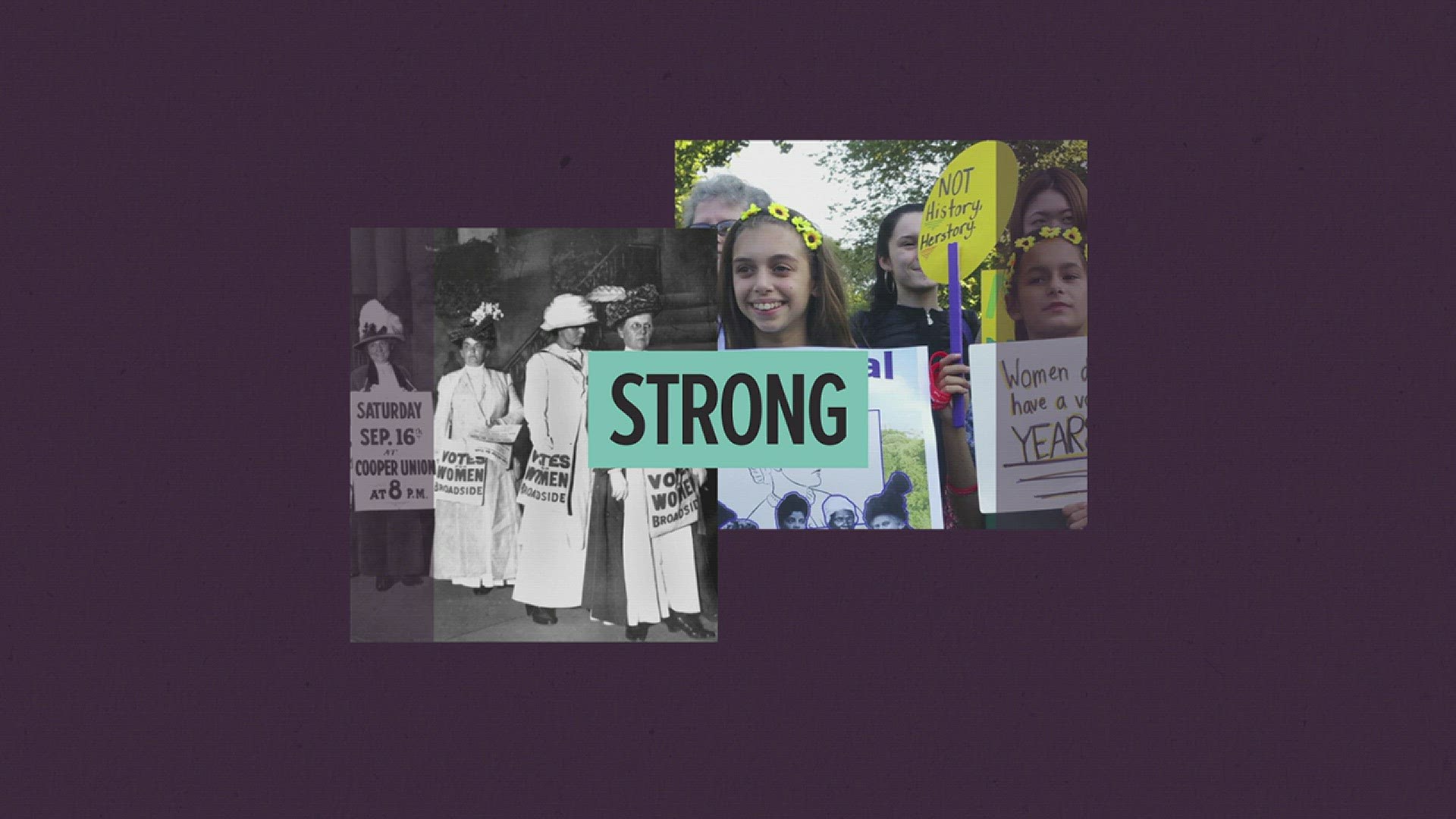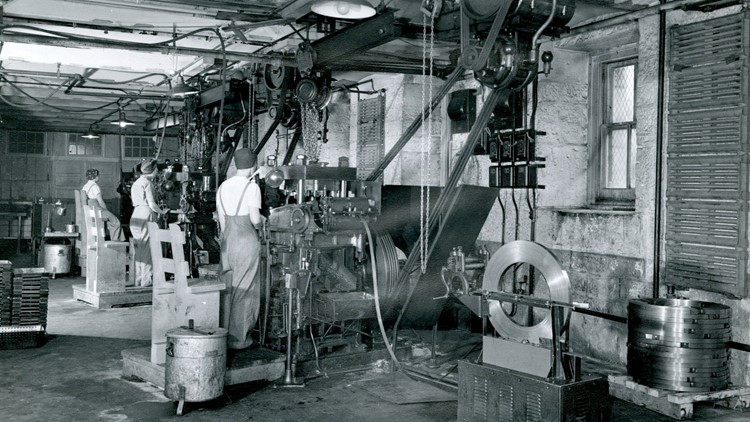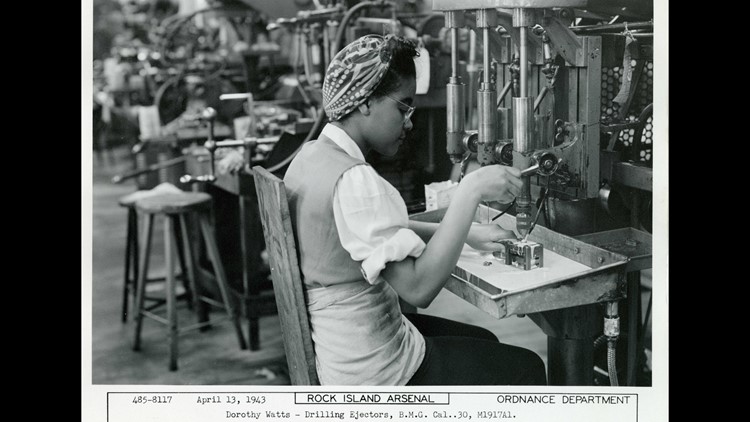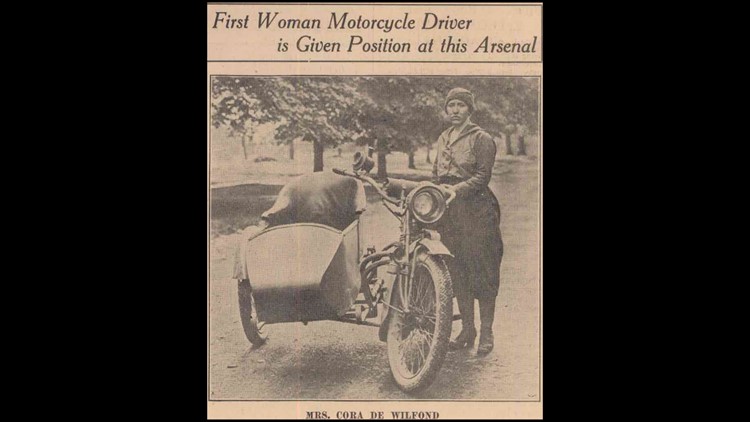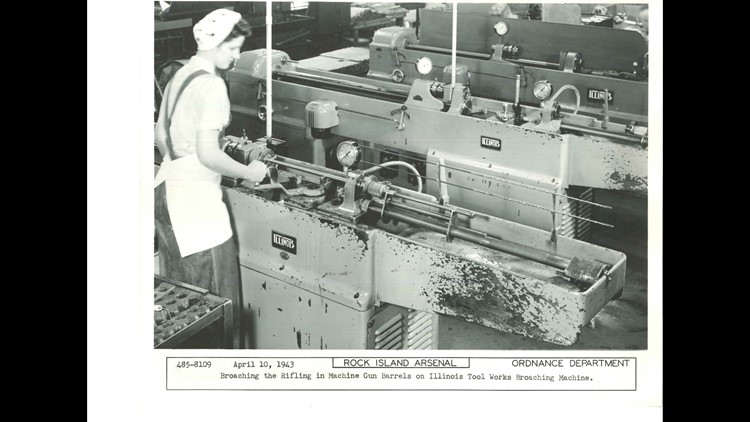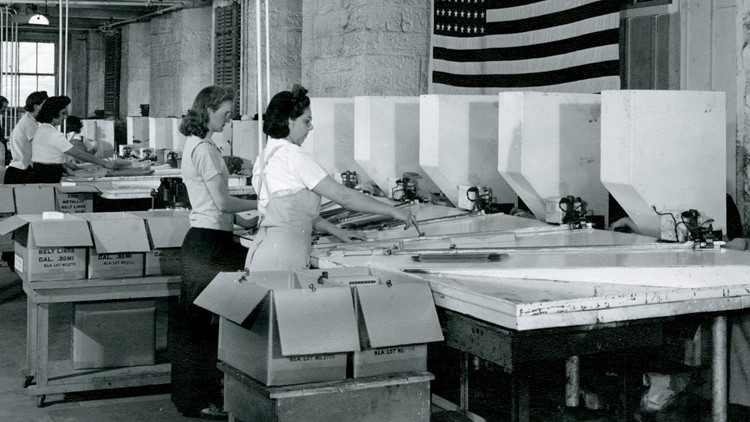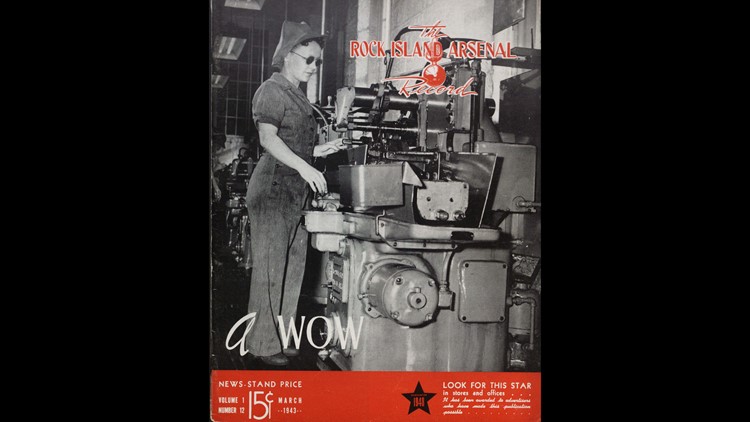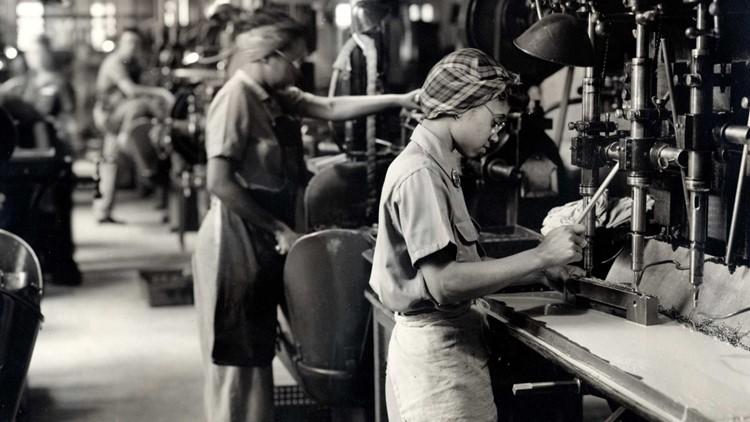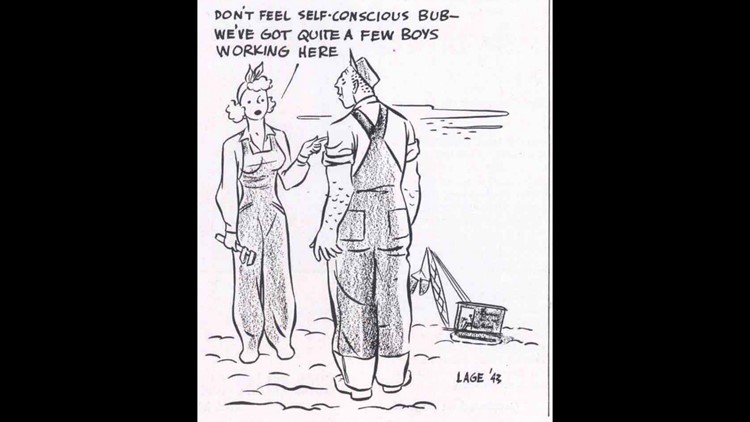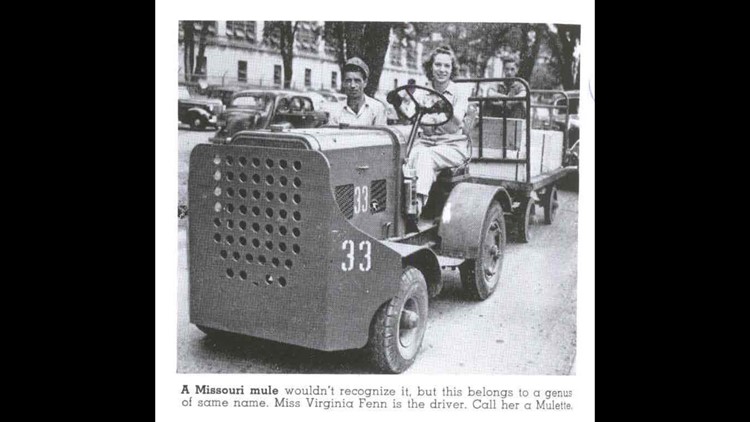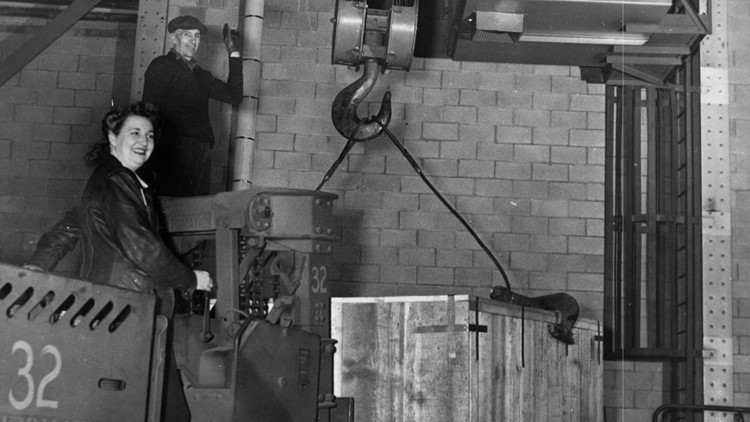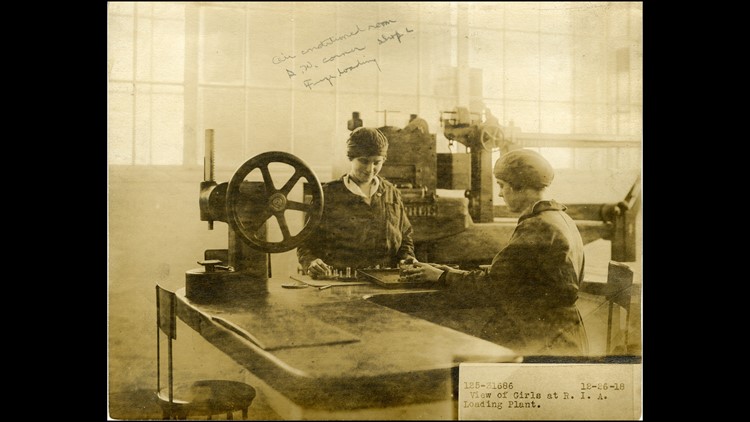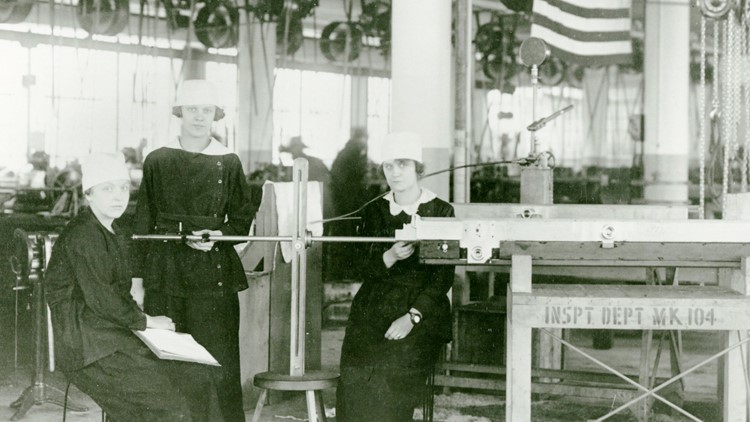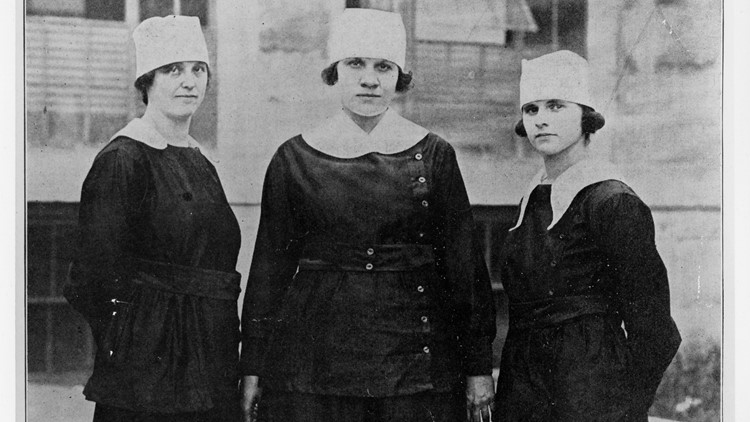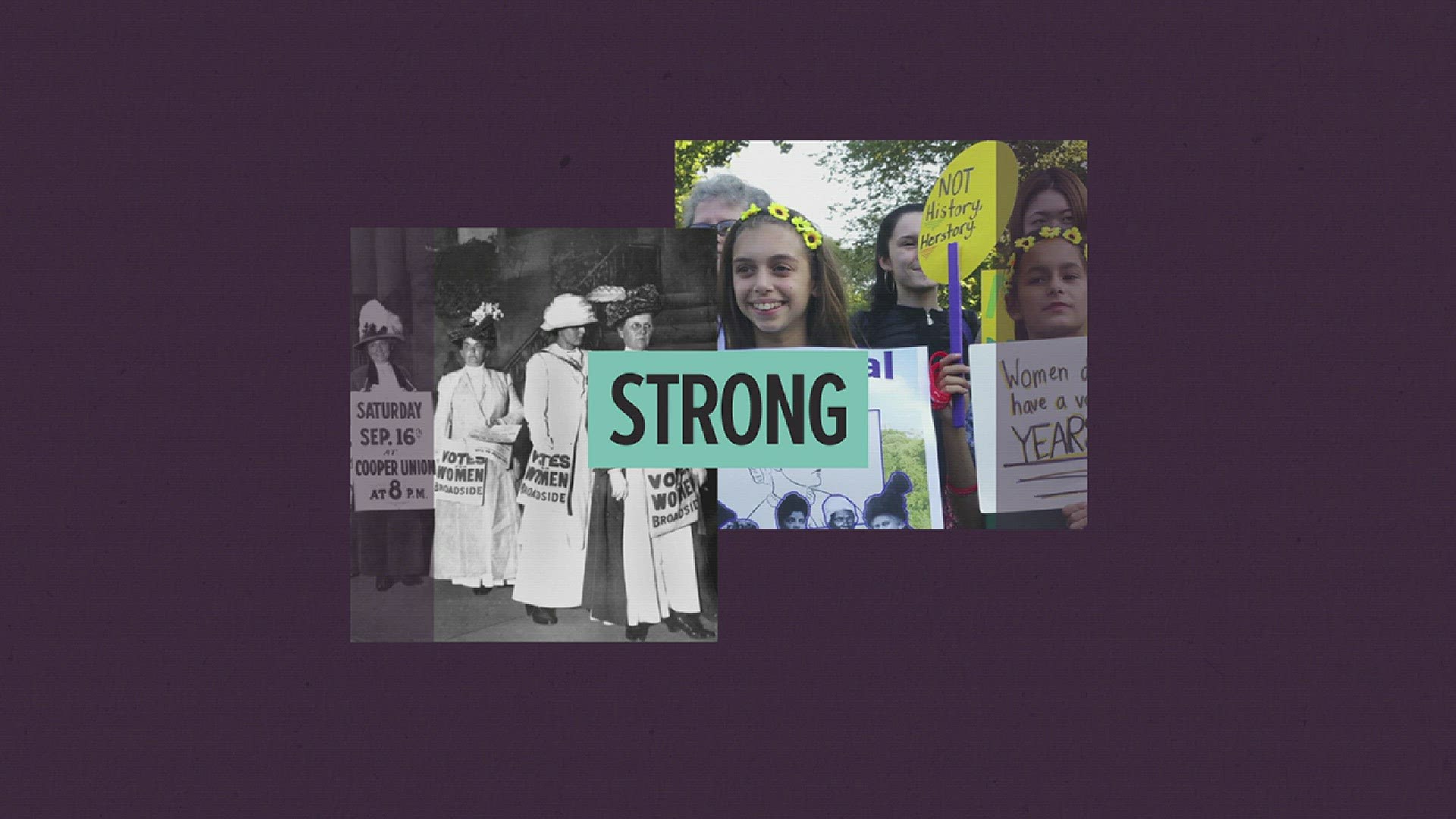ROCK ISLAND ARSENAL, Ill. — For decades women have played an important role in the U.S. Military. According to the USO, " [Women] have had to overcome decades of obstacles to get to where they are today: serving in greater numbers, in combat roles and in leadership positions all around the world."
Locally, women have played an integral part in the success of the U.S. Military. News 8's David Bohlman wanted to learn more about their sacrifice and continued work by meeting with Rock Island Arsenal Museum Director Patrick Allie and Army Sustainment Command Historian Kevin Braafladt.
While women have played many roles on the Rock Island Arsenal, here are just a few examples:
The Stenotype

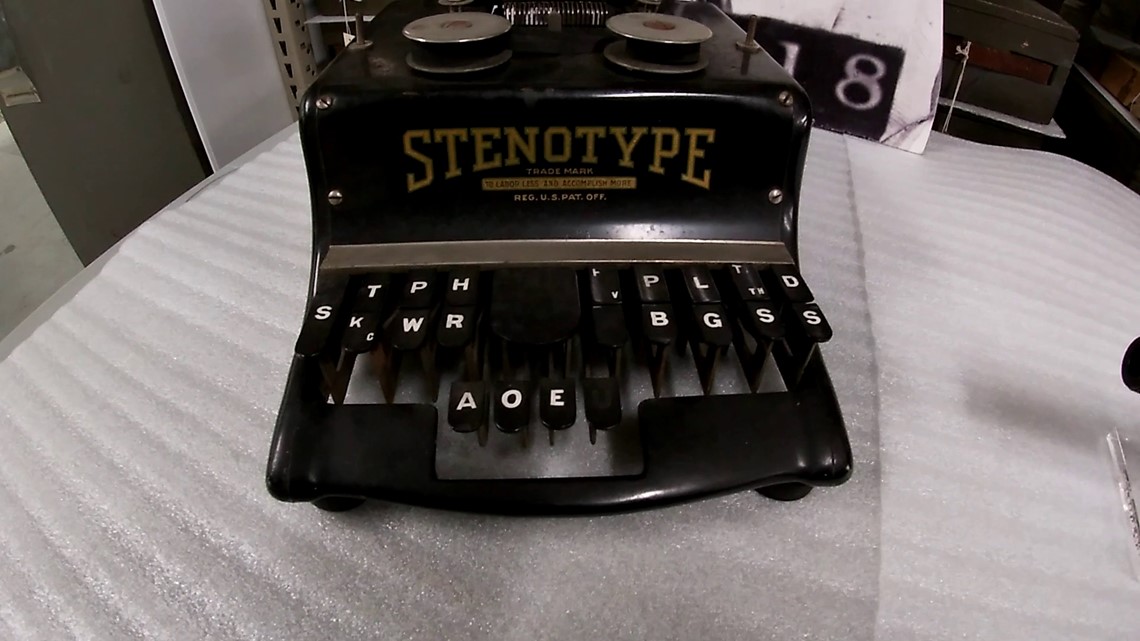
In WWI, the women's workforce in the Arsenal grew, according to Allie. One of those workers was Clara Vermeulen.
"She was one of the new workforce that came to the Arsenal in 1917," said Allie.

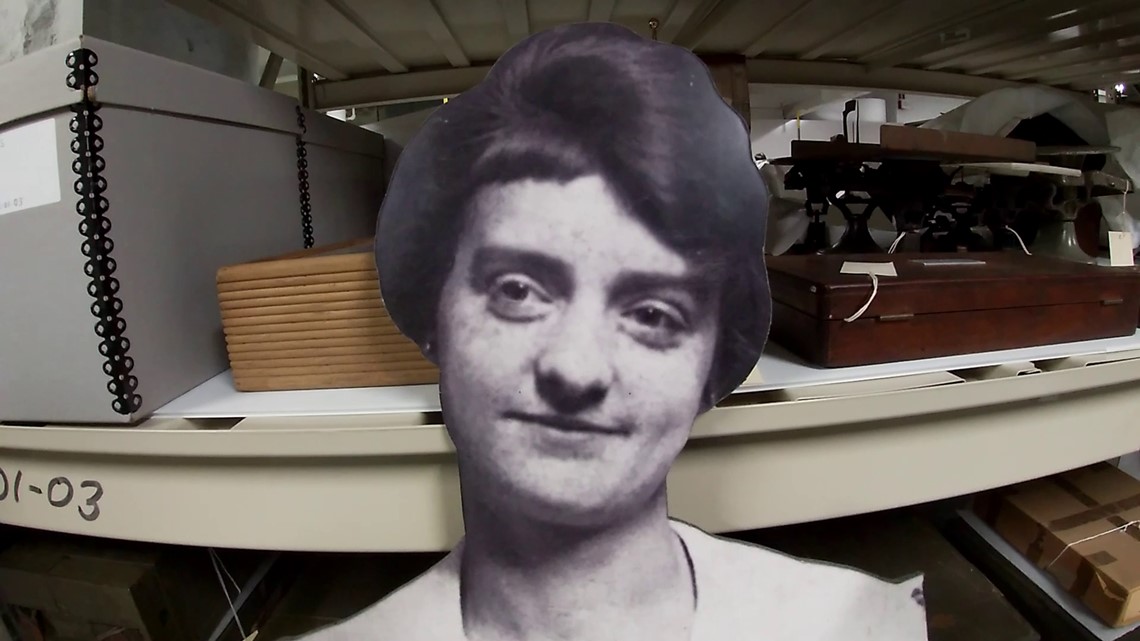
"What she represented was kind of the clerical side of the workforce which was really being done in the years leading up to WWI and through WWI," Allie went on to say. "She was one of 175 clerks, stenographers, that came here to work."
When Vermeulen started at the Arsenal she needed to bring her own stenotype machine to work with.
Inspection Work

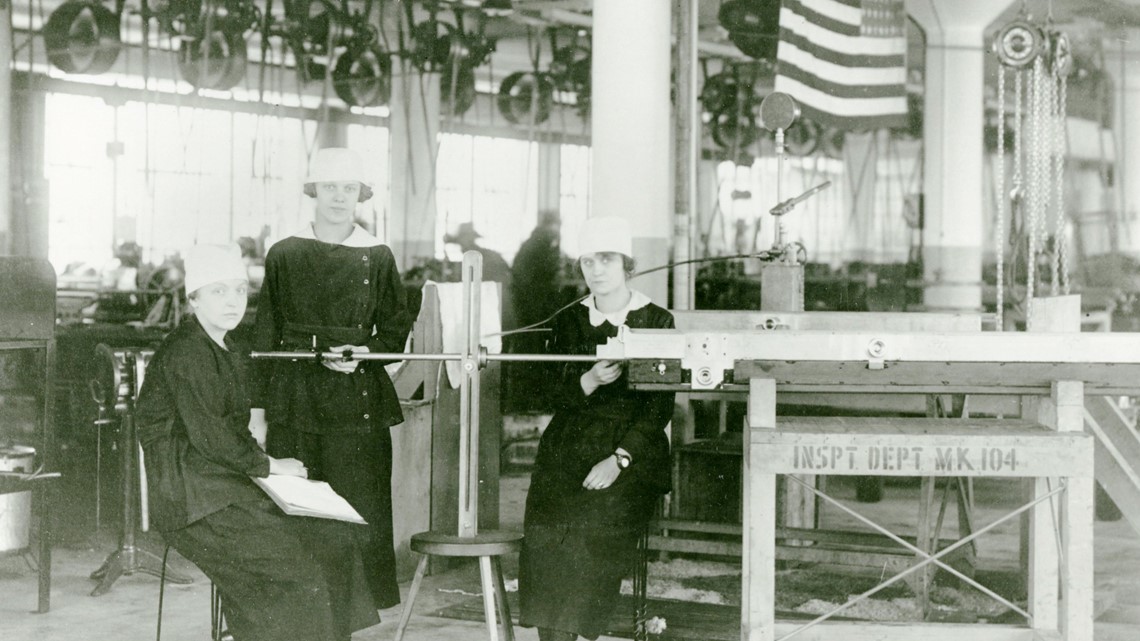
At first, during WWI, women began conducting inspection work on the model 1903 Springfield Rifle.
"We produced about 113,000 of these during WWI here at the Arsenal. This was the Army's main battle rifle," said Allie.
Women would work on a process called "star-gauging," which Allie described as "measuring the rifling inside the barrels to make sure that it was meeting all the required specifications."
30 Caliber Browning Machine Gun


"Women made up the majority of the production line for this machine gun. It was produced in Building 68... where First Army is housed today." said Allie.
Women would work on all of the millings for the 30 Caliber Browning Machine Gun. Allie said women produced 85,000 of those during WWII.
Ruth Miller
"Ruth Miller actually worked here at the Arsenal before the war in the 1940s," said Allie. "She along with about 49 other women workers here at the Arsenal would go on to join the military during the war."
Miller joined the Women's Army Corps. She served through the end of the war.
"During WWII, by about 1945 women comprised about 38% of the workforce [on the Arsenal]," Allie said. "There are some departments, especially shipping and receiving departments here, where women comprised of up to 65 - 70%... prior to this you're talking 10 - 15%... today the Arsenal's workforce make up is approximately 50% women."
See the full interview with Allie below:
A look through the archives
A look in the archives on how Women changed the Rock Island Arsenal
"The stories of the women on the Arsenal. We constantly try to talk about the boundaries that they broke," said Braafladt. "We are their voice now... we are their voice to be able to tell where we came from, for good or bad, the boundaries that were broken and how we got to where we are today."
See the full interview with Braafladt below:
The USO has a deep dive into how women have had an impact on the U.S. Military in a broader sense. You can read more about women's more than 200 years of service in the U.S. Military by clicking here.
Watch more news, weather and sports on News 8's YouTube channel

